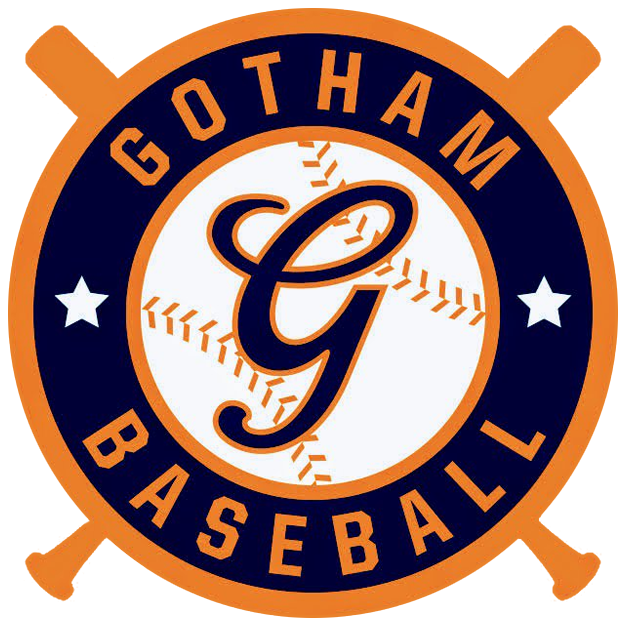Last year’s Mets team walked more batters than almost any other in franchise history. So why did the Mets sign a bunch of pitchers with control issues?
As you likely know, the 2023 Mets were tough to watch for a number of reasons. Chief among those for me were the walks. To put it in historical context, the Mets 595 walks were worse than any season other than 1979 (607), 1983 (615), 2009 (616), and 1999 (617). All of those, aside from 1999, were some of the worst overall teams in franchise history. Not only did the walks unnecessarily put opposing runners on base, the many deep pitch counts led to early exits by the starters, and before long the overused bullpen proved to be no better. And tired.
So naturally, it was reasonable to expect that this past offseason the Mets would identify available pitchers known for their command. Yet, with these signings the Mets seemed to have gone in the opposite direction. The signings of Jake Diekman, Cole Sulser, Shintaro Fujinami, and the re-signing of Adam Ottavino, seem to defy logic.
The average walk rate for a major league pitcher is 3.78 walks per 9 innings (not that anyone pitches 9 innings in a game anymore). The pitchers mentioned above go from ugly to gruesome when compared to that threshold. Sulser only pitched in 4 games last year, and his 2022 walk rate was 4.25. Ottavino’s 2023 walk rate was similar at 4.23. Last season’s performances by Fujinami (5.13) and Diekman (6.04!) are even harder to understand.
It’s at this point that I normally try to show the other side, a brighter side, a “what the stats don’t tell you” side. I don’t really have that here. On the one hand, I know that pitching coach Jeremy Hefner is highly regarded throughout MLB, and specifically here in Flushing. This year will mark his fifth season with the Mets, and also his third manager. The fact that he’s remained a constant speaks volumes. On the other hand, last year’s struggles speak even louder. Unless…
Aside from their high walk rates, there is something else each of these pitchers has in common – they each signed one-year deals with the Mets. Stay with me here. This means that each of these pitchers comes to the team with some extra incentive. Not only are they pitching to impress for future, ideally longer-term considerations by any team, including the Mets. They’re also, somewhat expendable (as pitchers, not as people, I’m sure they’re all wonderful). In Sulser’s case, it’s a minor league deal, so they don’t even have to have him on the major league roster until (if) he’s truly ready. In a season whose slogan might as well be “The 2024 Mets – Come Evaluate With Us” – these relievers epitomize this approach.
Now, I realize this information doesn’t necessarily excite the fan base. I do suggest that, historically, relief pitchers are inconsistent. There are myriad pitchers who’ve been considered All-Stars one season, and a reclamation project just a couple years later. In fact, another pitcher the Mets signed, Jorge Lopez, could fit into this category. In 44 games for the Baltimore Orioles in 2022, he had a 1.68 ERA, 19 saves, and a .0972 WHIP. The Orioles traded him to the Minnesota Twins that August, and he finished out the season with a more mediocre performance. Last year, things took a turn for the worse, as he played for three teams, and the results were unfortunate for all three. The Mets also signed him to a one-year deal.
The Mets are hoping to catch lightning in a bottle with at least one of these new pitchers. From a contract standpoint, these are all reasonably calculated risks. Still, as we saw last season, if they can’t get the best out of any of these guys, then their postseason chances may just walk away.

